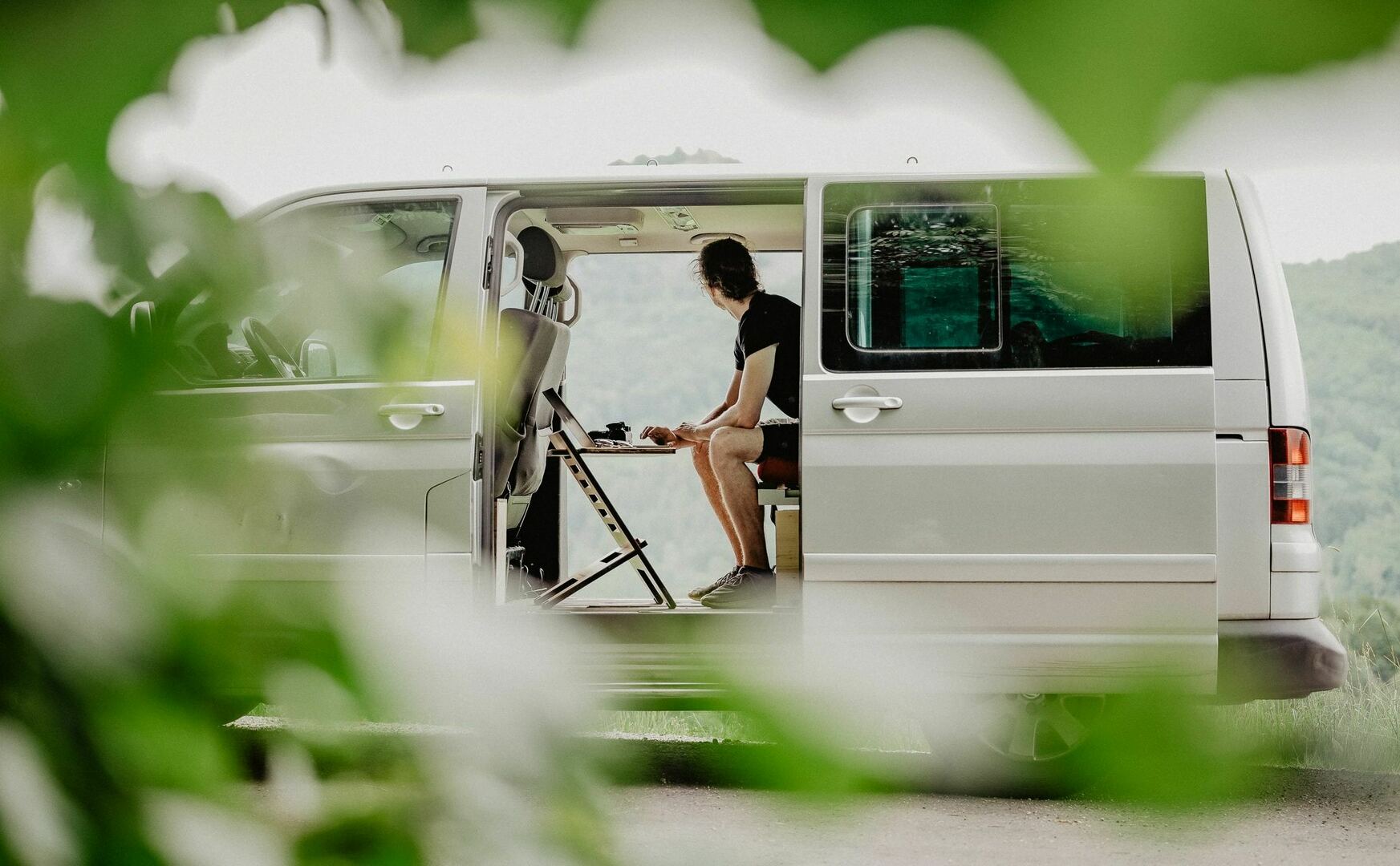The unsung hero of camping: everything you need to know about awnings for your campervan
Thinking about how you can really enjoy your camping holiday? Discover why an awning is the unsung hero of your camping holiday and how it can make your stay unforgettable
You just can't decide between camping and a holiday in a campervan? You don't have to!
Simply combine the mobility of a campervan with the luxury of an awning on the campsite. Below we show you when and why an awning can be worthwhile for your holiday plans.
DIFFERENCES & SIMILARITIES
Awnings for campers basically differ little from conventional tents, they are made of the same materials - the tarpaulins are usually made of cotton, blended fabric or polyester, while the poles are made of aluminium, fibreglass, carbon or steel. The tarpaulins are usually additionally coated with PVC or acyrlate, which makes the fabrics wind-, water- and dirt-repellent and therefore very easy to clean. Camping experts recommend a water column - i.e. the permeability or density of the material - of at least 3,000 for the walls and 8,000 for the tent floor.
FASTENING THE AWNING
The majority of awnings for campers are not free-standing, which means that they must be attached directly to the vehicle using a piping rail or suction cups and also anchored with tent pegs. Free-standing tents do not necessarily have to be attached to the vehicle and therefore continue to guarantee the camper's flexibility and mobility during a holiday.
Advantages and disadvantages of awnings
Especially for longer stays in one place, an awning is ideal as an additional room that can be used as storage space, a vestibule or a place to sleep. In addition, an awning - unlike an awning or sun sail - offers complete all-round protection from wind, weather and direct sunlight, as well as greater stability, durability and robustness, making it more suitable for unstable, windy weather.


In contrast, there are some disadvantages, such as the complex and time-consuming assembly and disassembly, which usually cannot be done independently - in other words, an awning is not very suitable and impractical for short holidays, wild camping or only staying in one place for a short time. The additional weight and loss of space during transport in the camper are also not insignificant.
Inflatable awnings are also being used more and more frequently. These are usually somewhat lighter than awnings with poles and are also much easier, quicker and less complicated to set up. Another major advantage of inflatable awnings is their greater stability and resistance to wind and weather: the high degree of manoeuvrability of the awning means that less damage occurs because, unlike the inflexible poles, the air-filled tent struts are more flexible and hardly susceptible to breakage. Of course, it should be noted that even small holes in the material can have a massive impact on the functionality of the tent and, in the worst case, render it unusable.
Regardless of which type of awning you choose, you can expect to pay between €300 and around €2,000.
If you don't want to buy an awning, but still want more comfort with an awning, you can get suitable, removable side sections that can be easily fitted or removed as required.



